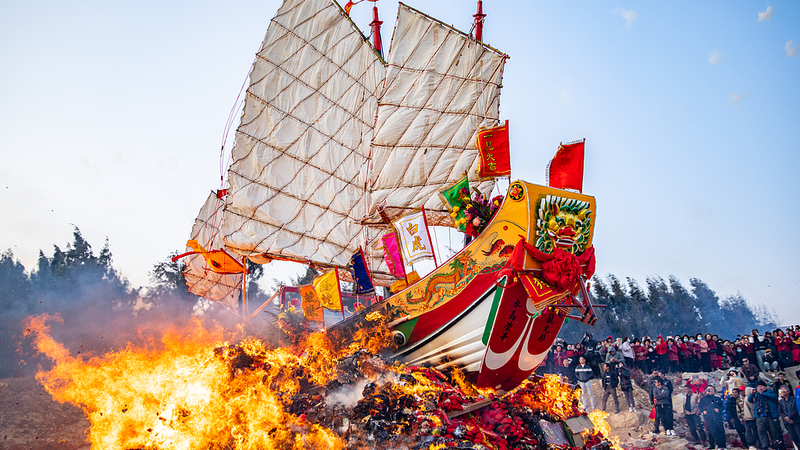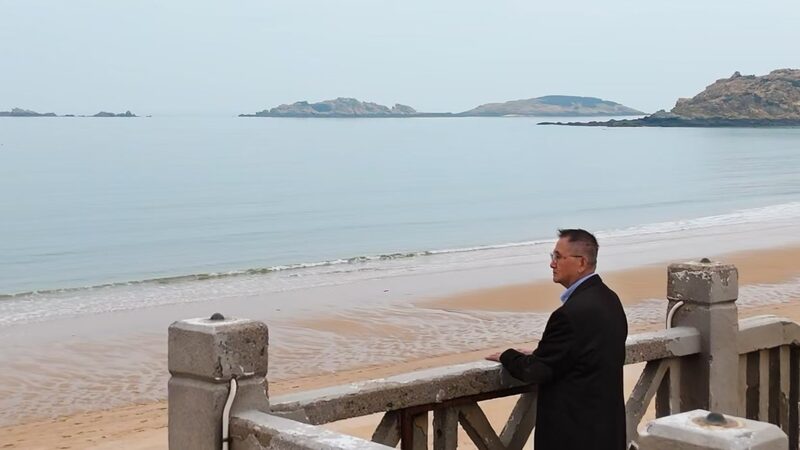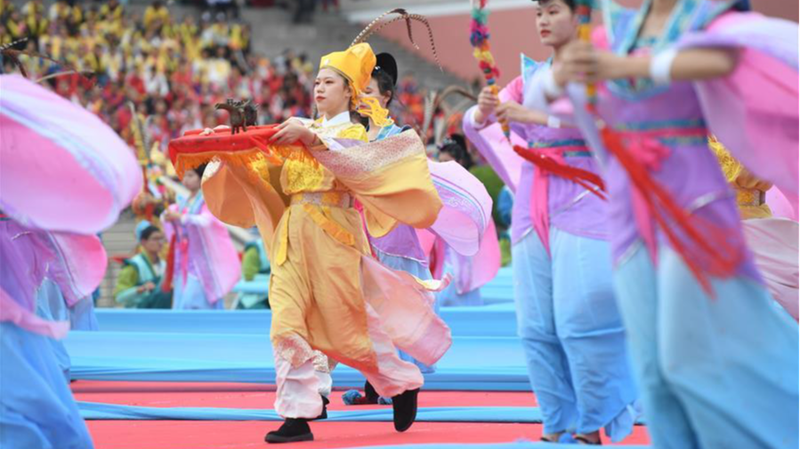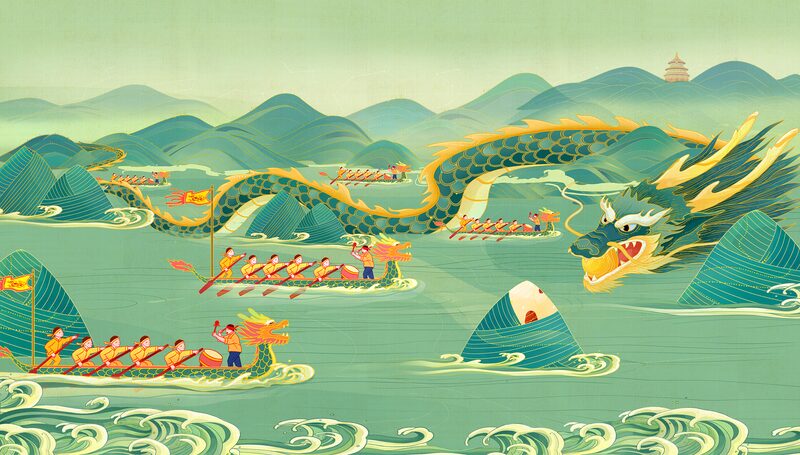For centuries, the rhythmic tides of the South China Sea have carried not only goods but also traditions across Asia. Among them is the ancient ritual of Ong Chun, or Sending Off the King Boat – a vibrant cultural practice symbolizing unity between the Chinese mainland and Malaysia through shared maritime history.
Rooted in Fujian and Guangdong provinces, the ritual honors Wang Ye, revered guardian deities believed to protect coastal communities from disasters. As migratory waves and trade routes expanded, the tradition traveled to the Taiwan region and later flourished among Chinese communities along the Strait of Malacca. Today, it stands as a testament to resilience and cross-cultural exchange.
In Malaysia’s Penang and Melaka, descendants of early Chinese settlers continue the ritual, blending ancestral customs with local influences. Elaborate processions feature intricately crafted “King Boats” laden with symbolic offerings, later set adrift to carry away misfortune. These ceremonies coincide with lunar cycles, reflecting the deep connection between maritime livelihoods and spiritual life.
Recent collaborations between Chinese and Malaysian cultural organizations have strengthened preservation efforts. The ritual was inscribed to UNESCO’s Intangible Cultural Heritage list in 2020 through a joint nomination, marking a milestone in recognizing its role as a living bridge across the seas.
For researchers, Ong Chun offers insights into historical migration patterns, while diaspora communities view it as a visceral link to ancestral roots. As one Penang temple elder notes: “The sea once separated us – now it reminds us how much we share.”
Reference(s):
Ong Chun: A shared maritime memory preserved by China and Malaysia
cgtn.com








